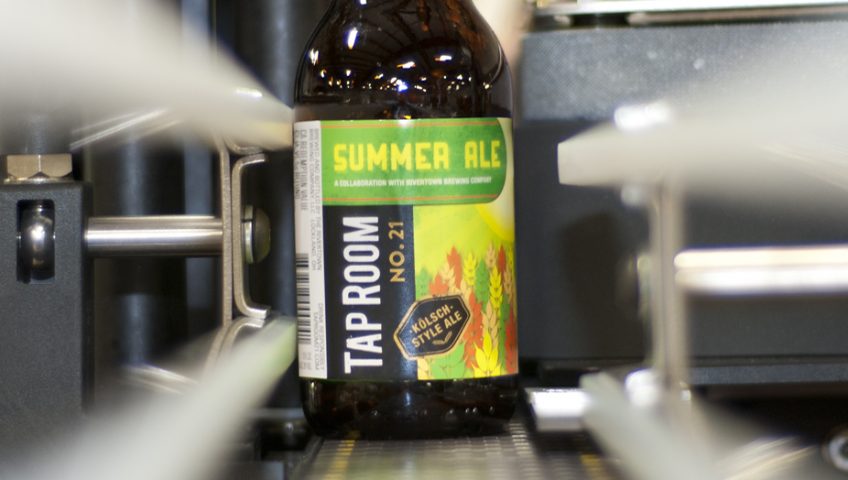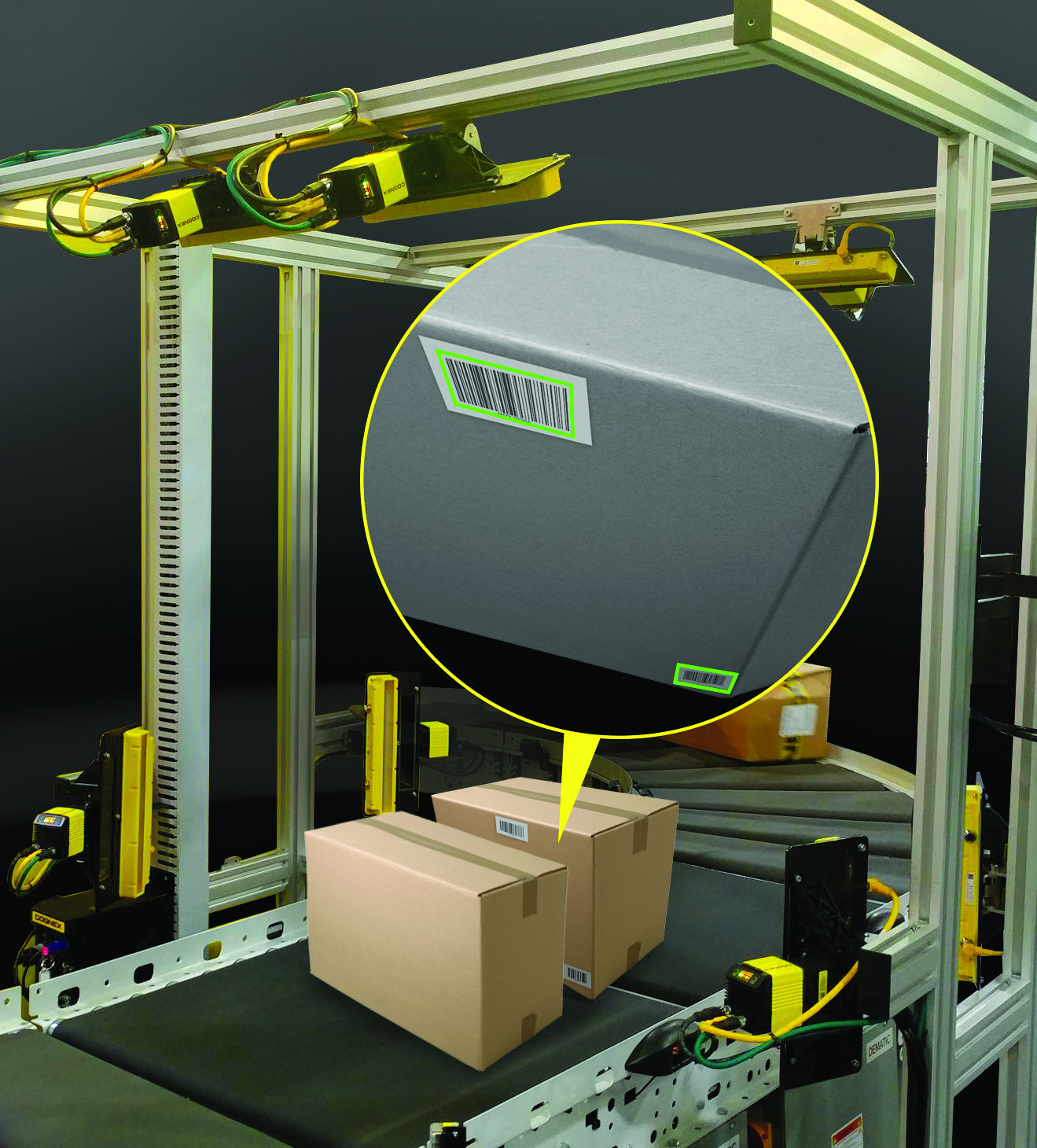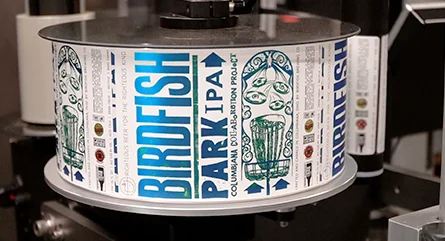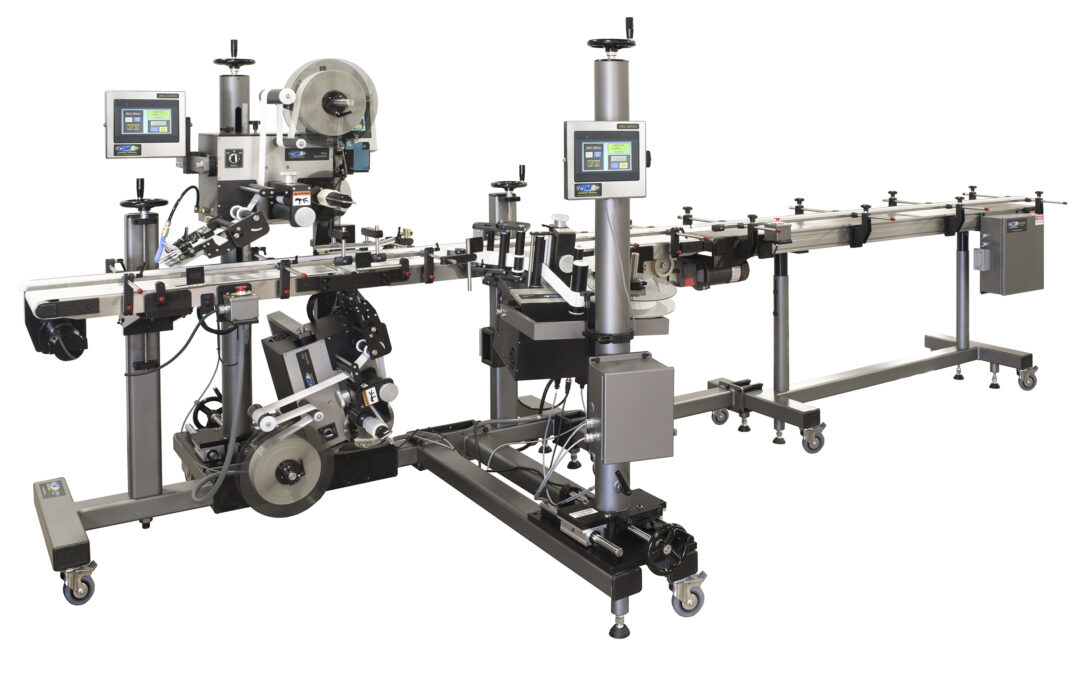A tag affixed to a part, product, or package is what customers depend on to “communicate” to them the identity and quantity of items delivered. If your company is making errors with labeling or manual applications are costing you time and efficiency, it might be time to up the ante and consider purchasing an in-line labeling system.
An in-line label applicator system can make the process more efficient and reliable. But don’t just jump in and make a purchase.There are several in-line label applicator systems on the market. Take time to thoroughly evaluate your current business and processes to determine how an in-line labeling system would best work for your business

A site survey can help you to determine how an in-line label applicator would be used and how it might fit in with your current operations. We take a consultative approach with site surveys to assist and guide you through the decision-making process.
A site survey is a multi-page document that gathers information from you and your staff regarding your business and your specific printing application needs. Some companies may simply send a form for completion. We prefer to work with you to complete the form. A site survey should include:
A site survey is a multi-page document that gathers information from you and your staff regarding your business and your specific printing application needs.
What Types Of Items Need To Be Labeled?

Because there are various types of packaging and products that require different types of labels, different print engines could be needed. Where will the labels be placed? Are they to be placed on a flat surface such as a case, or will it be placed on a cylinder bottle or a pail of some sort? Will it be placed in a recess area such as the top of a deli container?
In-line label applicators for the job will vary by case and by-product. Various applicators enable central label management and label application by methods including tamp blow, air blow or wipe on. Or a print and apply solution that incorporates a print engine with an applicator. These are popular with shipping applications.
Products with a long shelf, such as automotive parts, might need a thermal transfer print engine which requires a ribbon and creates long-lasting, durable labels. On the other hand, food items with a high turnover rate might need to use a direct thermal print engine to provide economical labeling.
What Is Included On The Label?
Will you be able to use a static pre-printed label? Is the information included on all the labels the same, or will you need different barcodes, RFID tags, logos, and graphics included? Remember to consider what industry and regulatory requirements are required for compliance.

What Is The Size Of The Label?
What will the label size be, and will it always be the same? Printers have minimum and maximum label sizes they can print. Your size specifications for labels will help narrow your choices to the models that can accommodate your operations.
What Is The Physical Layout Envisioned For The Project?

Is there already a conveying system in place? Where will the label applicator fit into your line in relation to other equipment it must integrate with on the line? Will it be spiced into an existing conveyor, or are you looking for a completely new line installation?
If you currently have workers applying the printed labels by hand, adding an in-line label applicator can have a quick ROI for your company. Or perhaps you are just considering how to add automation. If that is the case, consider how all the components would work together, plus how the process could scale as your company continues to grow.
Other Factors to Consider
Are there environmental factors that need to be taken into consideration such as exposure to large amounts of dust, moisture, or chemicals, temperature extremes of a risk of impact?
Are there operational demands such as speed, volume or print resolution?
What will work with your current IT Network Infrastructure? Consider only options that are compatible with your computer operating system and that can integrate with your existing business systems.
Final Considerations
As you can see, there is a lot to consider before making a decision. It is essential to take time to do a thorough Site Survey before making a decision. We consider the Site Survey to be one of the most important things we can help you with as you decide whether an in-line applicator system is right for you. The Site Survey will save you time and money in the long run, and costly decision mistakes will be avoided. The clearer the vision you have for how the in-line label applicator will work with your existing operation, the more successful your decision will be in providing the specific functionality you desire.
Various applicators enable central label management and label application by methods including tamp blow, air blow or wipe on. Or a print and apply solution that incorporates a print engine with an applicator.
At Imprint Enterprises, we partner with industry leaders to offer a variety of quality labeling systems. We know one size does not fit all, and if you can't find what you need in an existing model, we can custom engineer a solution that will fit your unique requirements. Our knowledgeable team will work closely with you through all stages of planning and implementation. Your success matters to us!
For more information, visit www.imprint-e.com or contact us at (855)745-4464 or drop us an email at customer_service@imprint-e.com.






Trackbacks/Pingbacks